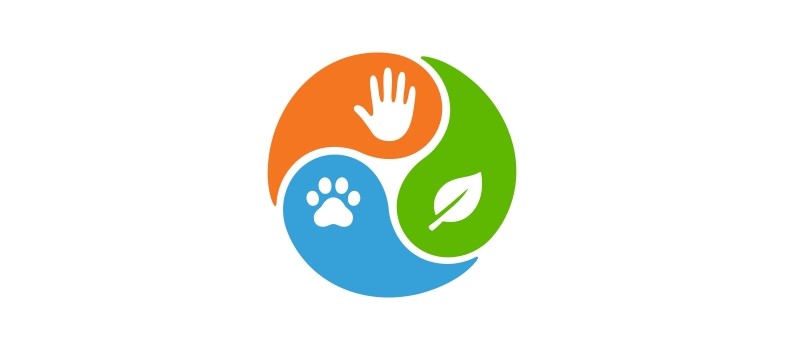5.2 National-scale measures: industry controls and national regulations
The following measures have been taken in a range of countries to reduce ceftiofur resistance in salmonellae carried by chickens:
- The poultry industry in multiple Canadian provinces voluntarily withdrew the prophylactic use of ceftiofur in hatching eggs and chicks during the early 2000s (Dutil et al., 2010).
- In May 2014, the Canadian chicken industry voluntarily withdrew the preventive use of all Category I antimicrobials, i.e. those considered by WHO as the most critically important to human health, which included ceftiofur (Collineau et al., 2020).
- In Japan, the poultry industry ceased using ceftiofur in 2012, following which the prevalence of 3GC-resistant Salmonella in chicken meat significantly decreased (Collineau et al., 2020).
- Denmark implemented voluntary restrictions on ceftiofur use (Collineau et al., 2020).
- Europe removed the ceftiofur label claim for injection of day-old chicks (Collineau et al., 2020)
- The US banned off-label use of ceftiofur in hatcheries (Collineau et al., 2020).
5.1 Global-scale measures



